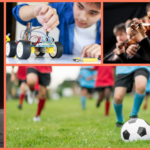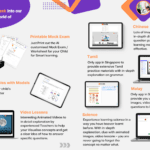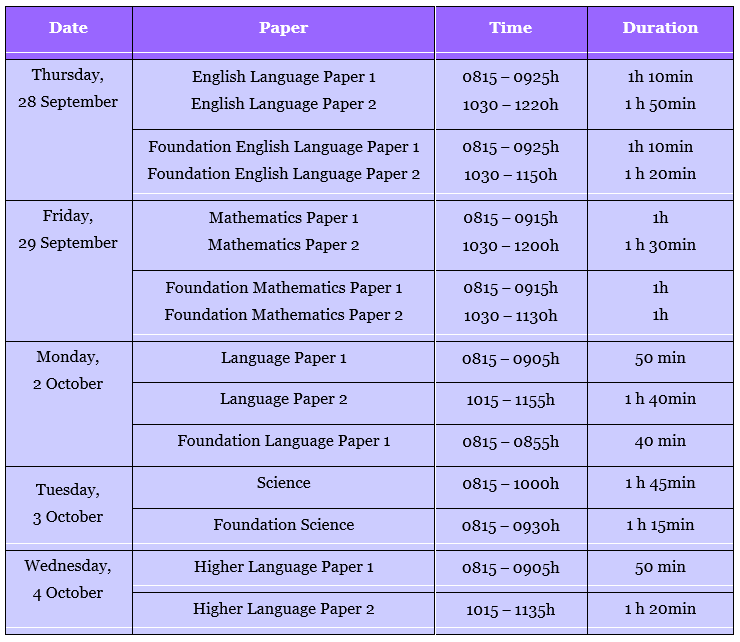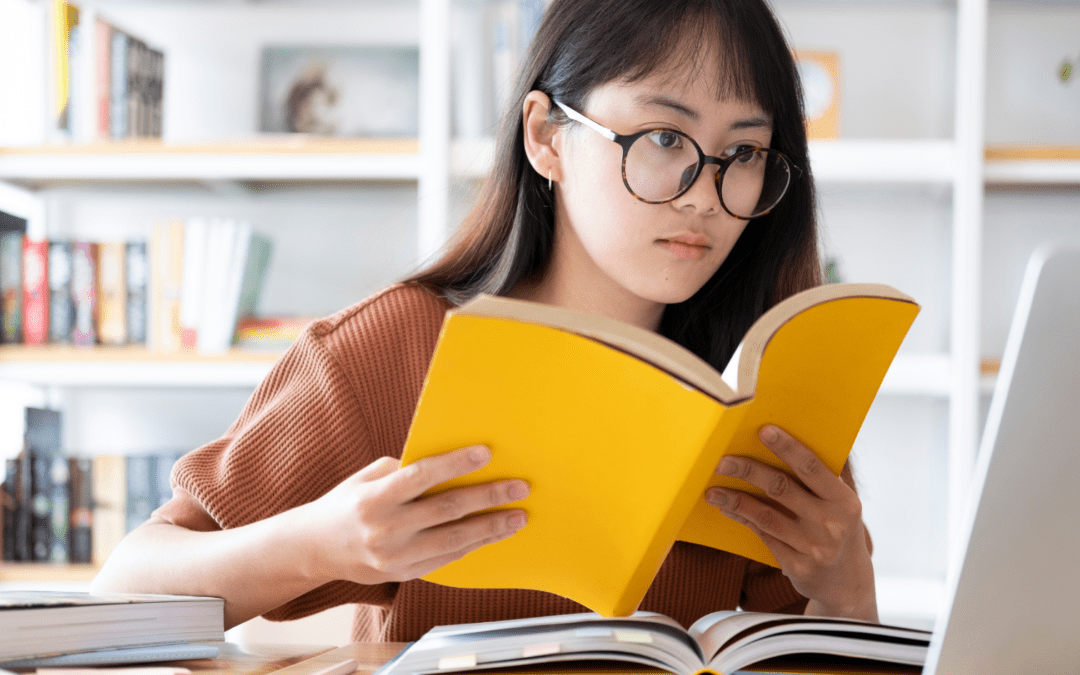Part 2 of series
Welcome back to our ongoing blog series on simple science experiments that are perfect for engaging children in hands-on learning and promoting a love for the subject. In this edition, we’re excited to present five experiments that cover the fascinating field of Physics.

Balloon Rocket:
Materials needed:
- Balloon
- A long piece of string
- Tape
- A straw
Instructions:
- Inflate the balloon and tie it off.
- Attach one end of the string to a stationary object like a chair or table.
- Thread the straw onto the string and tape it to the balloon securely in place.
- Attach the other end of the string to another stationary object across the room. Remember to keep the string parallel to the floor.
- Let go of the balloon and watch as the air rushes out and propels the balloon along the string.
Explanation: This experiment demonstrates Newton’s Third Law of Motion, which states that for every action, there is an equal and opposite reaction. When the air rushes out of the balloon, it pushes against the surrounding air, creating a force that propels the balloon forward along the string.
Straw Flute:
Materials needed:
- Straws of different lengths
- Scissors
- Tape
Instructions:
- Cut the straws to different lengths, starting with the longest straw and gradually making them shorter.
- Cut a small triangle out of one end of each straw.
- Cover the triangle with tape to create a flap that can vibrate freely.
- Hold the straws near your lips and blow across the triangle to create different pitches.
Explanation: This experiment demonstrates the principles of sound waves and how they are created. When you blow across the triangle, it causes the air inside the straw to vibrate, which produces sound waves that travel through the air.
Marble Roller Coaster:
Materials needed:
- Cardboard tubes (toilet paper or paper towel rolls)
- Tape
- Marbles
Instructions:
- Cut the cardboard tubes into different lengths and shapes.
- Use tape to connect the tubes together to create a roller coaster track.
- Test the track by rolling marbles through it and making adjustments as needed to improve the design.
Explanation: This experiment demonstrates the principles of potential and kinetic energy. When the marble is at the top of the track, it has potential energy, which is converted into kinetic energy as it rolls down the track.
Egg Drop Challenge:
Materials needed:
- Raw egg
- Various materials for designing a container (e.g. cardboard, paper, foam, cotton balls, tape, etc.)
- Scissors
Instructions:
- Start by selecting the materials you will use to create a container for your egg. Consider which materials will most effectively absorb shock and protect the egg.
- Use the scissors to cut and shape the materials into a container to securely hold the egg.
- Test your container by dropping it from a low height (e.g. table height) to see if the egg breaks. If it does, adjust your design and test again until you have a container that successfully protects the egg.
- Once you have a working container, increase the height of the drop and test again to see if it still works.
- Challenge friends or family members to see who can design a container that protects their egg from the highest drop.
Explanation: This experiment demonstrates the principles of gravity, acceleration, and momentum. As we drop an egg from a height, it picks up speed and accelerates towards the ground, thanks to the force of gravity. But what happens when the egg hits the ground? The impact can be strong enough to cause it to crack or break unless it’s safeguarded by a protective container that can absorb the shock and reduce the egg’s momentum. By experimenting with various materials and designs, children can gain hands-on knowledge of how to manage momentum and shield objects from damage.
Balancing Robot:
Materials needed:
- Paper cup
- Marker
- 2 pennies
- Paper clip
- Glue
- Scissors
Instructions:
- Start by taking the paper cup and drawing a line around the middle of the cup with a marker.
- Cut the cup in half along the line you just drew.
- Take one half of the cup and place it upside down on a flat surface.
- Take one of the pennies and glue it to the center of the bottom of the cup half.
- Bend the paper clip so that it is in an L shape. Make one end of the L longer than the other.
- Glue the shorter end of the paper clip to the top of the penny that you just glued to the cup.
- Take the other penny and glue it to the longer end of the paper clip, near the end.
- Once the glue has dried, balance the robot by placing it on its penny feet. Adjust the length of the paper clip as needed to achieve balance.
Explanation: This experiment demonstrates the principles of the centre of gravity and balance. When the robot is placed on a flat surface, the centre of gravity is located between the two pennies. This means that the weight of the robot is evenly distributed on both sides of the centre, allowing it to balance. By adjusting the paper clip’s position or the pennies’ weight, participants can learn how to manipulate the centre of gravity to create different balances. This experiment also has practical applications in robotics, where engineers use the principles of balance and centre of gravity to design robots that can move and operate efficiently.
Make sure you don’t miss the chance to involve kids in enjoyable and informative science experiments! Head over to our blog series to discover more experiments and keep nurturing children’s curiosity for science.




















